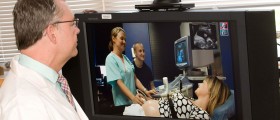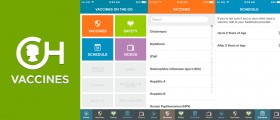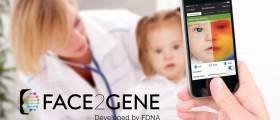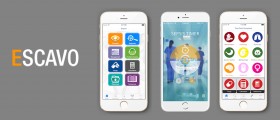
Telehealth stands for a special branch of medicine where services which are a part of regular health care are delivered through telecommunication technologies. Therefore, the telehealth service does not need to be anything more than a simple telephone consultation between the two health experts. However, if the situation requires it, telehealth can also stand for a robotic surgery on a person, carried out by people located at different parts of the world.
So, telehealth is a part of telemedicine, with the focus on preventing and curing diseases, as well as promoting health through various technological mediums. Without even being aware, we are using numerous benefits of telehealth today, every time we exchange emails with our doctors or order drug prescriptions online, as well as when we perform any similar actions connecting the areas of communication technologies and medicine, bridging the gap between the two.
Clinical Uses of Telehealth Technologies
Telehealth services can be used for various purposes as far as clinical application is concerned. Basically, they can assist the process of diagnosis through the transmission and sharing of medical images and other forms of information. Additionally, real-time telehealth, through video conferences and similar services, can prove to be invaluable for exchanging health services and experiences.
Furthermore, sometimes, the health experts can monitor the recovery or the progress of a patient through the transmission of data and the patient's feedback per se. This form of monitoring is usually used for promoting health and giving advice to the patient.
Finally, among all other clinical usages of telehealth, every time when the need arises, a patient can contact the health expert via telephone and seek instructions. However, this is commonly a practice only in cases of emergency.
Non-Clinical Uses of Telehealth Technologies
Outside of the clinic and the areas of medical services, telehealth technologies can be very useful for providing medical education for students and patients, as well as for providing grand rounds. Additionally, all health experts can share their experiences and help each other through a well-connected, global network online. Also, telehealth services enable doctors and other health experts to carry out studies and researches with more ease, accessing global data.
Also, through this world-wide connectivity that telehealth provides, the healthcare system can reach even the most remote parts of the world, keeping track of the state of affairs and intervening in cases of need. This is a great way for sharing data, moving patients and managing health resources.
Benefits of Telehealth
Telehealth adds a new perspective to monitoring patients. Basically, with these forms of services, it is possible to be present in the patient's life even outside the regular visits in the office or a health institution. Moreover, through the telehealth services health experts connect to the patients even before they seek direct medical health, preventing many cases of unnecessary hospitalizations.
Additionally, through this practical form of use, telehealth saves energy and resources. Namely, once a patient receives all the support he/she needs, he stays at home, instead of using motor vehicles, spending money and gas on traveling. On a global scale this prevents pollution significantly. Thus, it is very important for telehealth services to spread into every aspect of health services, being available in every part of the world.
Experts are optimistic and claim that telehealth will spread, basing their expectations on the increased demand for such services. In fact, today, more than ¾ of all US citizens are using telehealth and the very market is bound to rise from $6 billion invested by 2012. Note that in 2007 the market value of telehealth was 900 million.
Thus, telehealth save resources through keeping the health needs of those with chronic health issues satisfied without them taking up hospital space, freeing emergency rooms for those who really need it. This save a lot of money which can be used for other forms of medical investments, such as spreading the quality and availability of telehealth itself, or funding medical researches of the future. It is a cost-efficient, wide-spread and widely-available form of medical support having a remarkably positive impact on the area of medicine as a whole.
As far as the statistical data is concerned, currently, telehealth services reduce hospital visits by 50%, without jeopardizing the health of patients at all. Before telehealth application, 20% of patients who endured a heart attack were re-admitted to hospitals withing a 30-day period of home care. Yet, today, telehealth has reduced these occurrences to 4%.
To summarize, telemedicine deals only with curative aspects of remote medical services, while telehealth, being a branch of the former, is involved in diagnosis, prevention of diseases, promotion of health and monitoring of the recovery process of patients. The benefits of such services are many and we are hoping to increase the usability of modern communication technologies when it comes to medicine even further in times to come.















Your thoughts on this
Loading...